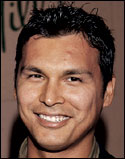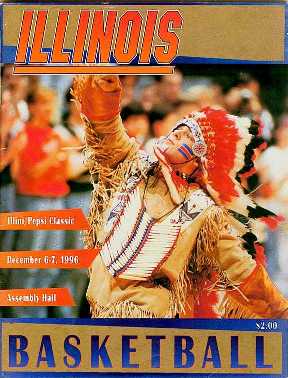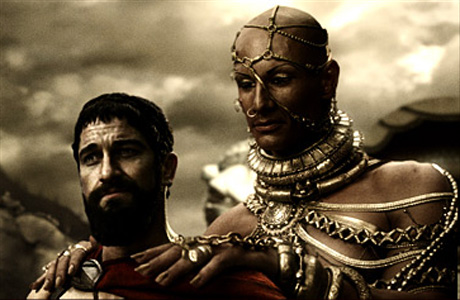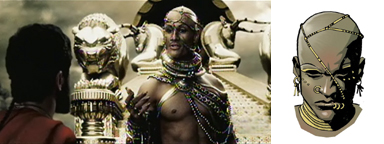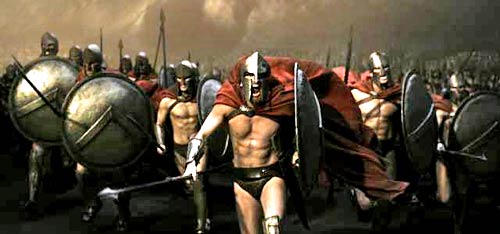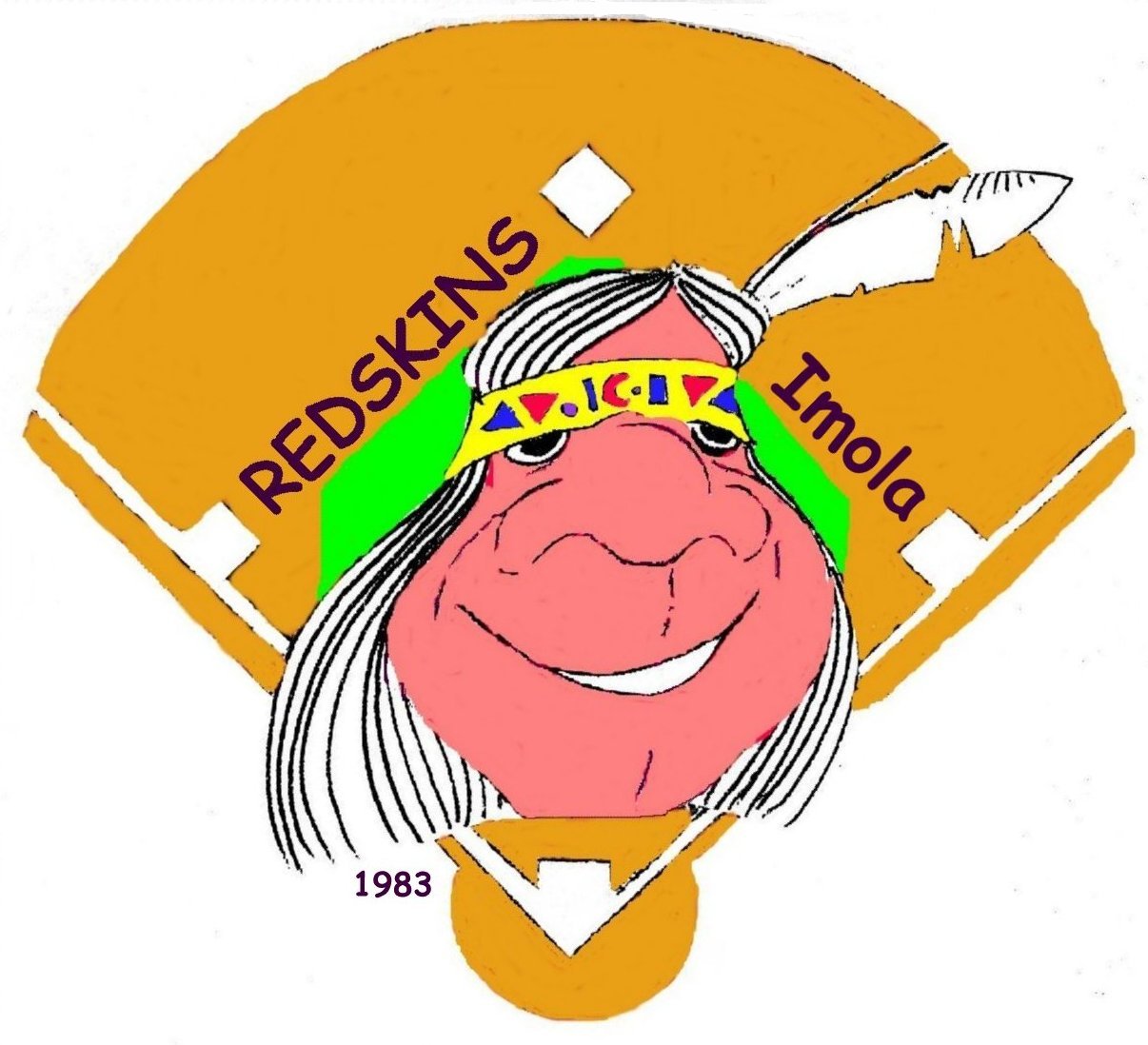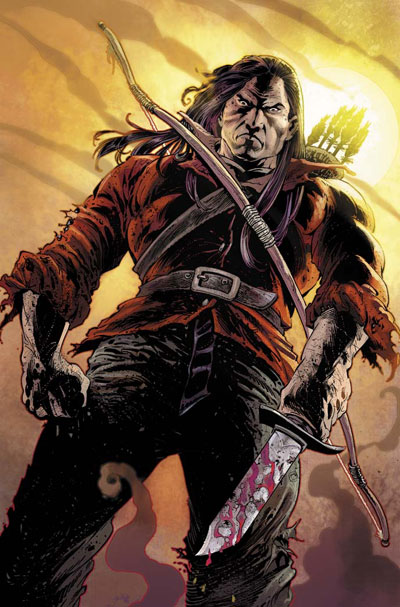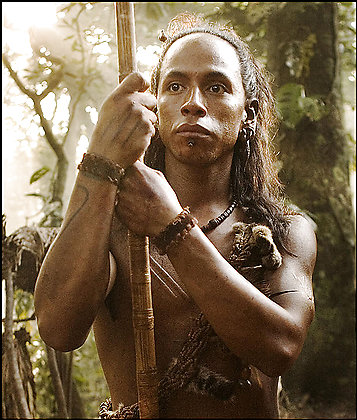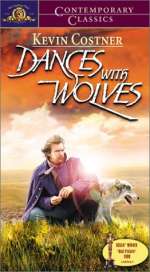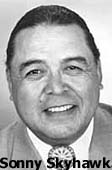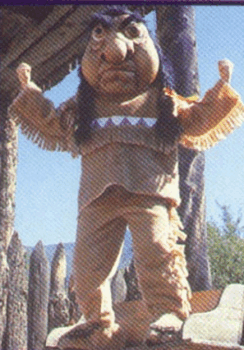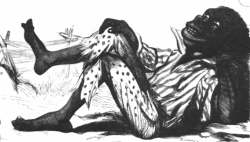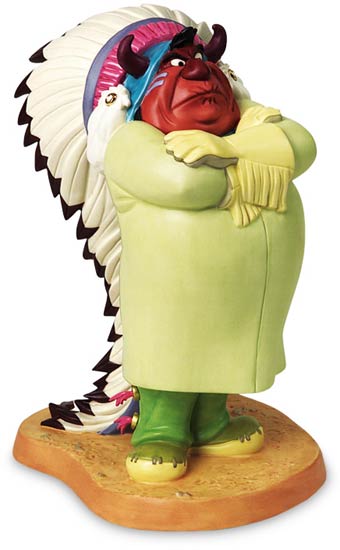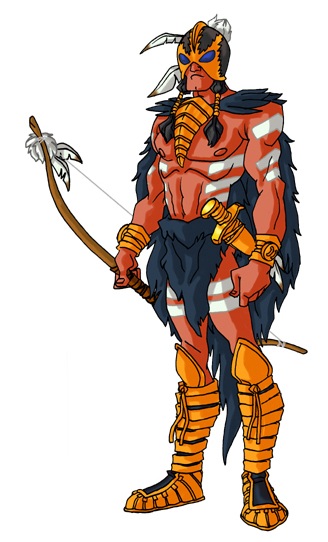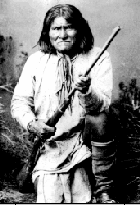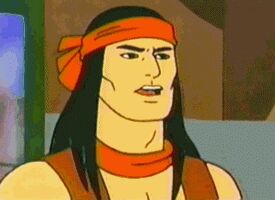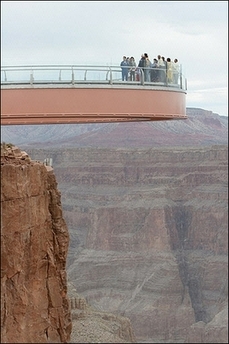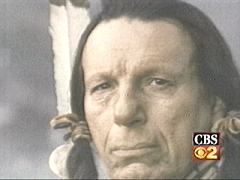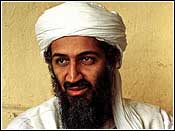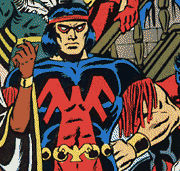National Indian Gaming Association (NIGA) Concludes 16th Annual Trade Show with Award Ceremony Honoring Former Salt River Pima Maricopa Indian Community President Ivan MakilLast night, Ivan Makil, former President of the Salt River PimaMaricopa Indian Community in Arizona and a lifelong Native rights advocate, was honored with the National Indian Gaming Association’s (NIGA) 2007 Wendell Chino Humanitarian Award.
Wendell Chino served 43 years as Chairman of the Mescalero Apache Tribe in New Mexico and is remembered for his leadership and humanitarianism. After his death, NIGA created the award that carries his name.
The award ceremony, which was a highlight of “Indian Gaming ‘07’--NIGA’s 16th annual meeting and trade show--was hosted by actor Adam Beach (Saulteaux). Beach began the evening by welcoming Arizona Governor Janet Napolitano. Beach also welcomed veteran Native actor Wes Studi (Cherokee) as a special evening guest.
“The heart and soul of the tribal and state relationship has to be a mutual respect and giving real meaning to the phrase government-to-government relationship,” noted Napolitano, as she reminisced about her years in public service and her support of the Native peoples of Arizona.Comment: Victor Rocha, owner of
PECHANGA.net, and I attended this event Tuesday night. We sat at a table with Adam's wife Tara and executives from the Aruzé Gaming company. She filled us in on Adam.
As MC, Adam was his usual funny, charming, goofy self. Tara noted that he's always this way; there's never a "down" moment around their house.
Adam told the audience how he got the threads he was wearing: a Japanese airline lost his luggage and bought him the suit to compensate. Tara told us that Adam was proud to have tied his first tie for this event.
Adam reminded the audience that his
Bury My Heart at Wounded Knee opens in April. He said to check PECHANGA.net (where I work) for the release date and gave a shout-out to Victor, who stood and waved.
Adam introduced Wes Studi, who's an even bigger ham than Adam is. Wes strutted to the stage and posed like the movie star he is. He and Adam embraced and did some riffs on their old master/young apprentice relationship.
Wes then told a "joke": Three men are walking down a street. Two of them run into a bar while the third one ducks. Adam and the audience puzzled over that one.
After that they got down to the serious business of introducing the award winners. We saw a nice
video showcasing Ivan Makil's career and his impact on Indian Country. After the presentation to Makil, Wes and Adam received gifts from NIGA chairman Ernie Stevens, who lauded them as leaders and role models.
During an intermission, Tara told us that she and Adam are moving to New York so Adam can film
Law and Order: SVU. They'll be living outside Manhattan and commuting to the city via water taxi. Adam is slated to appear in the last show of the season and then star for (at least) three seasons.
Adam came by and shook hands with the people at our table, including Victor and me. Adam is an old friend of Victor's and he knows me from my association with Vic. In case Adam had forgotten, I reminded him I'm the Indian comics guy.
Finally, Adam returned to the stage and introduced the evening's big act: Smokey Robinson. Smokey looked well-preserved and sang with his usual silky voice, though the sound wasn't great. After a few songs he thanked Indian Country for opening casinos and providing so many places for entertainers like him to work.
